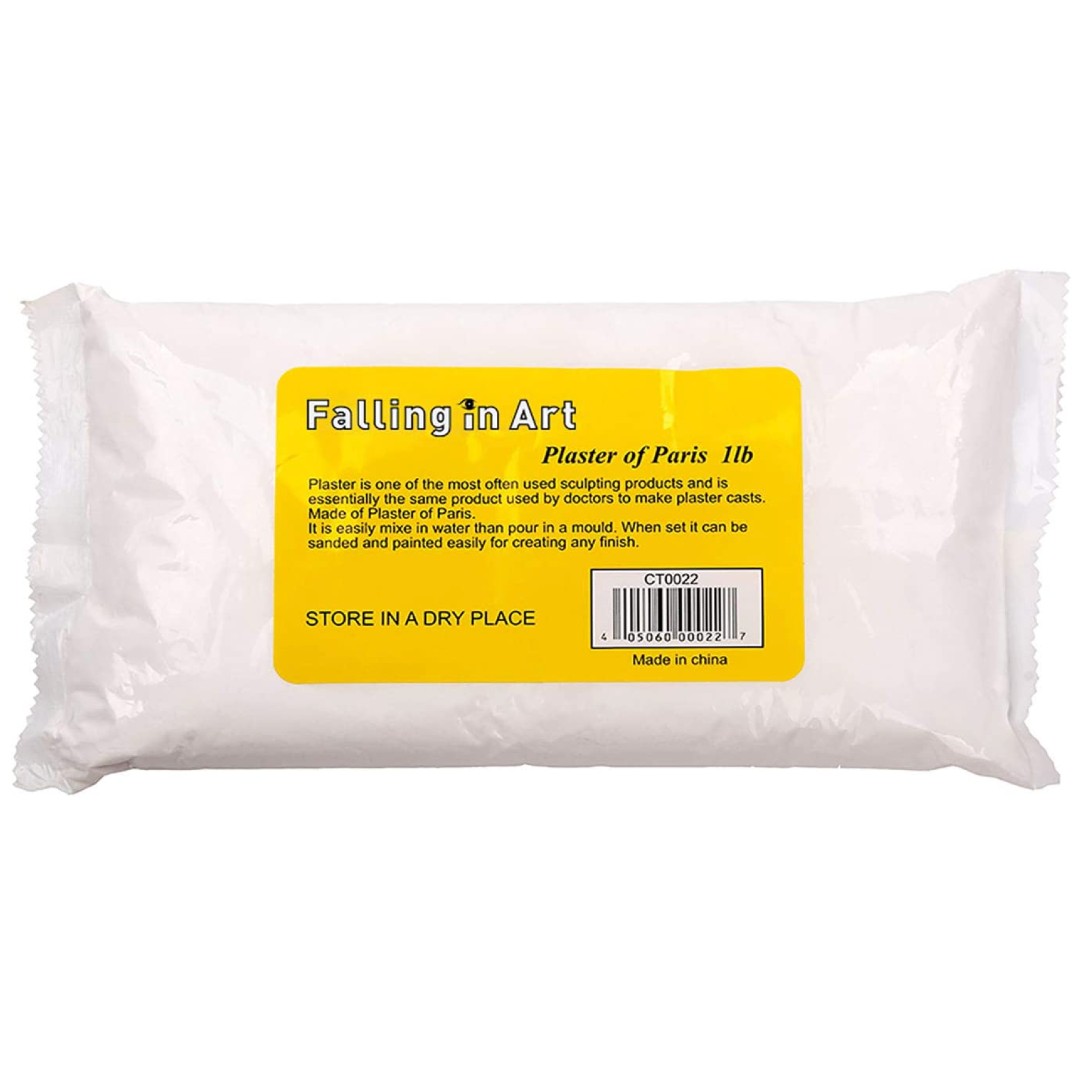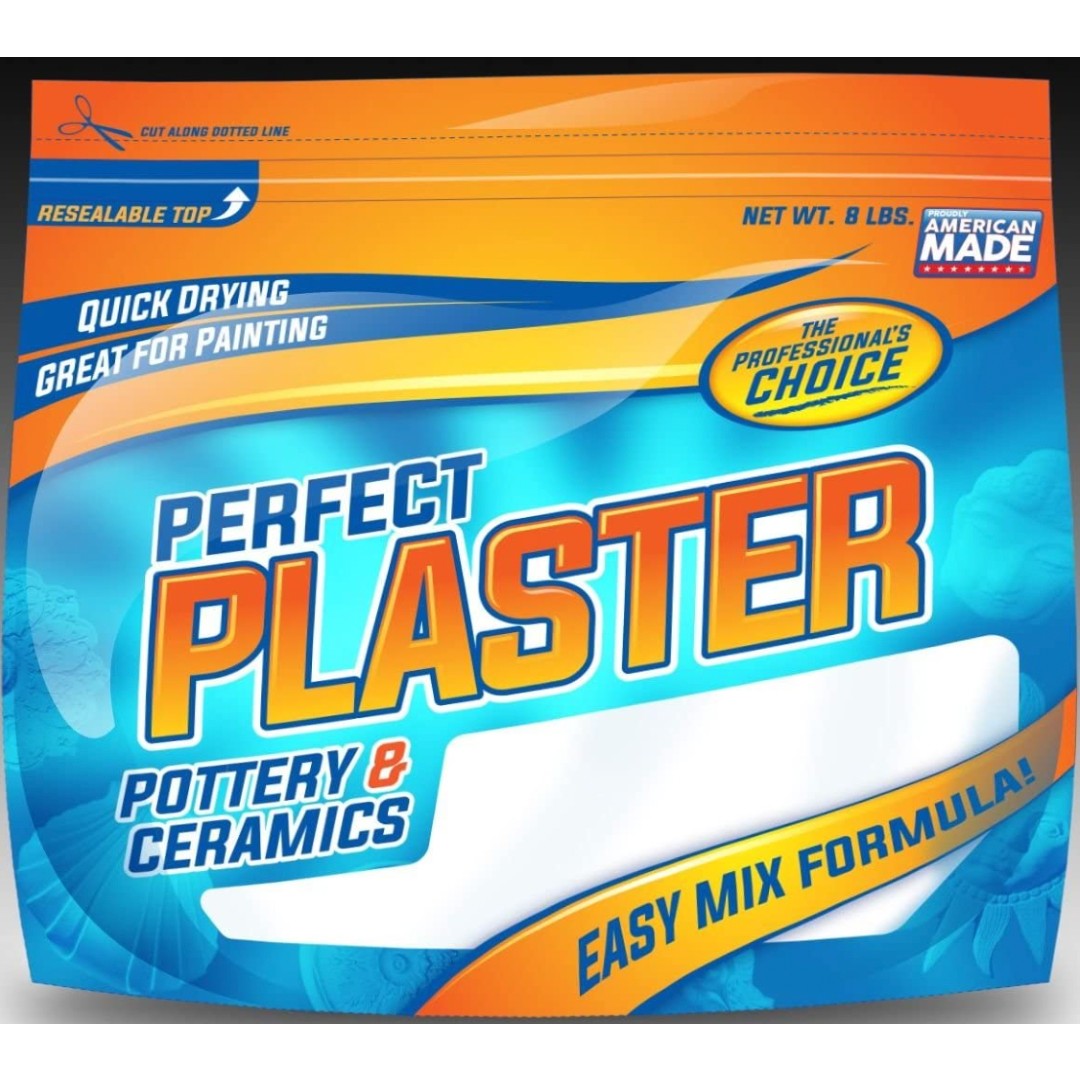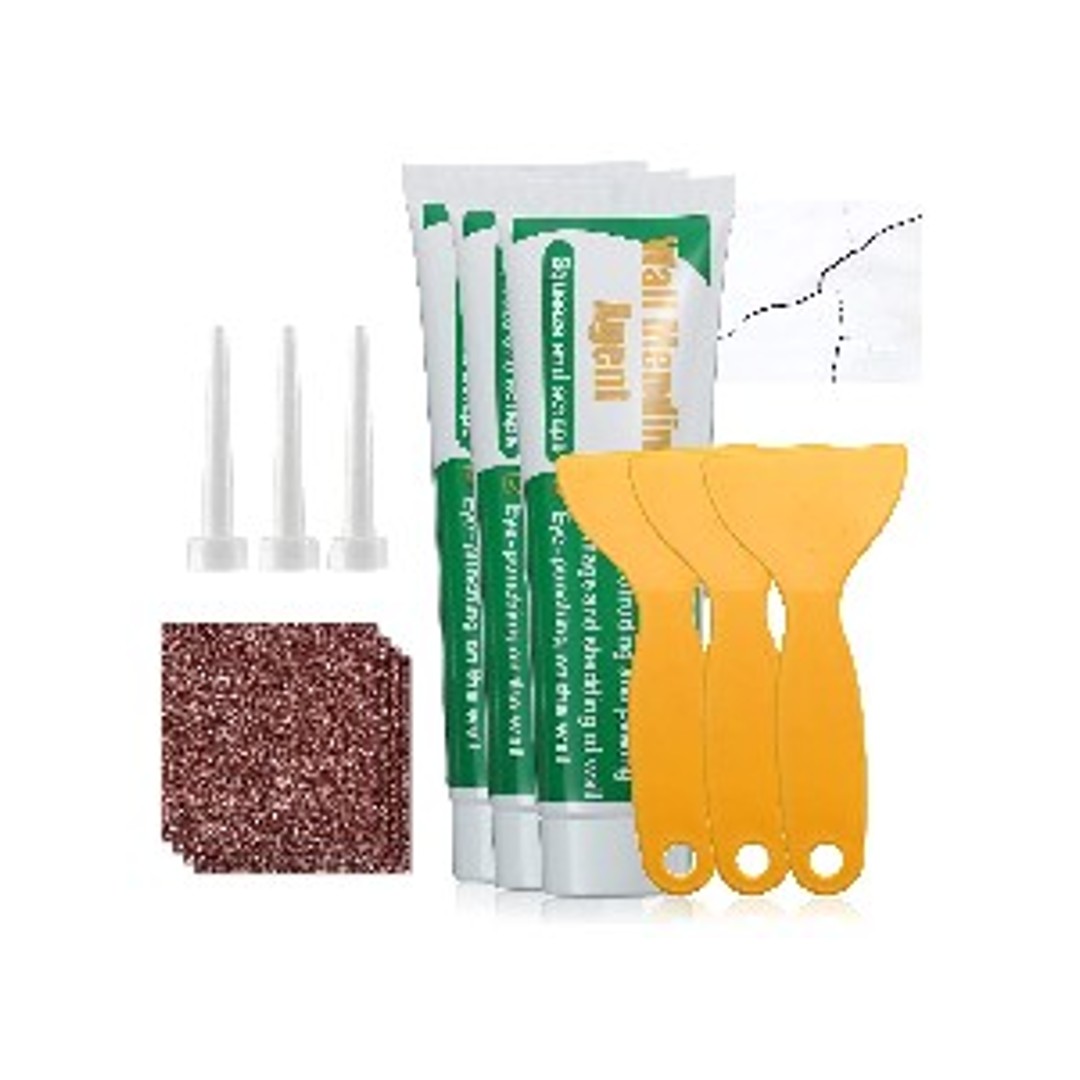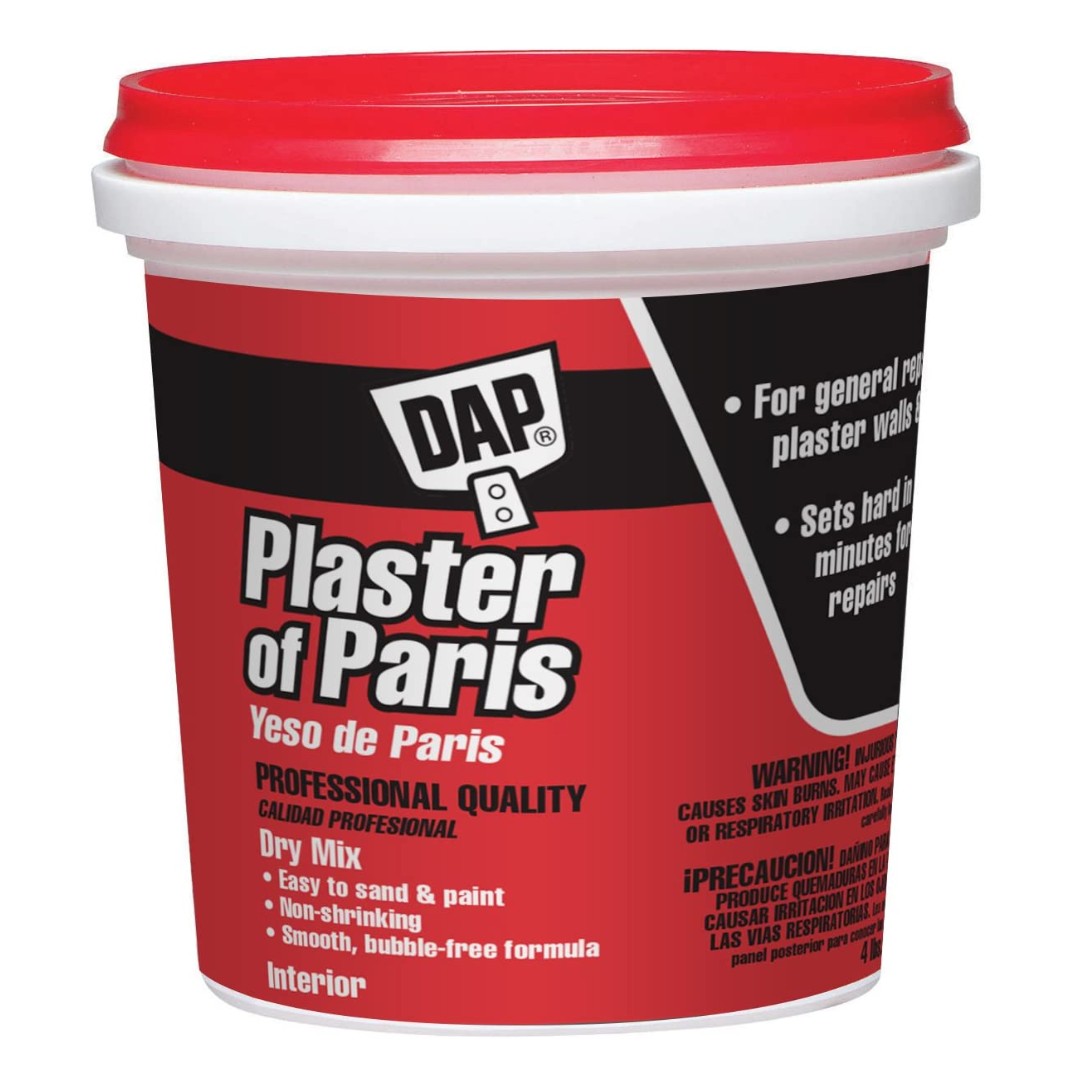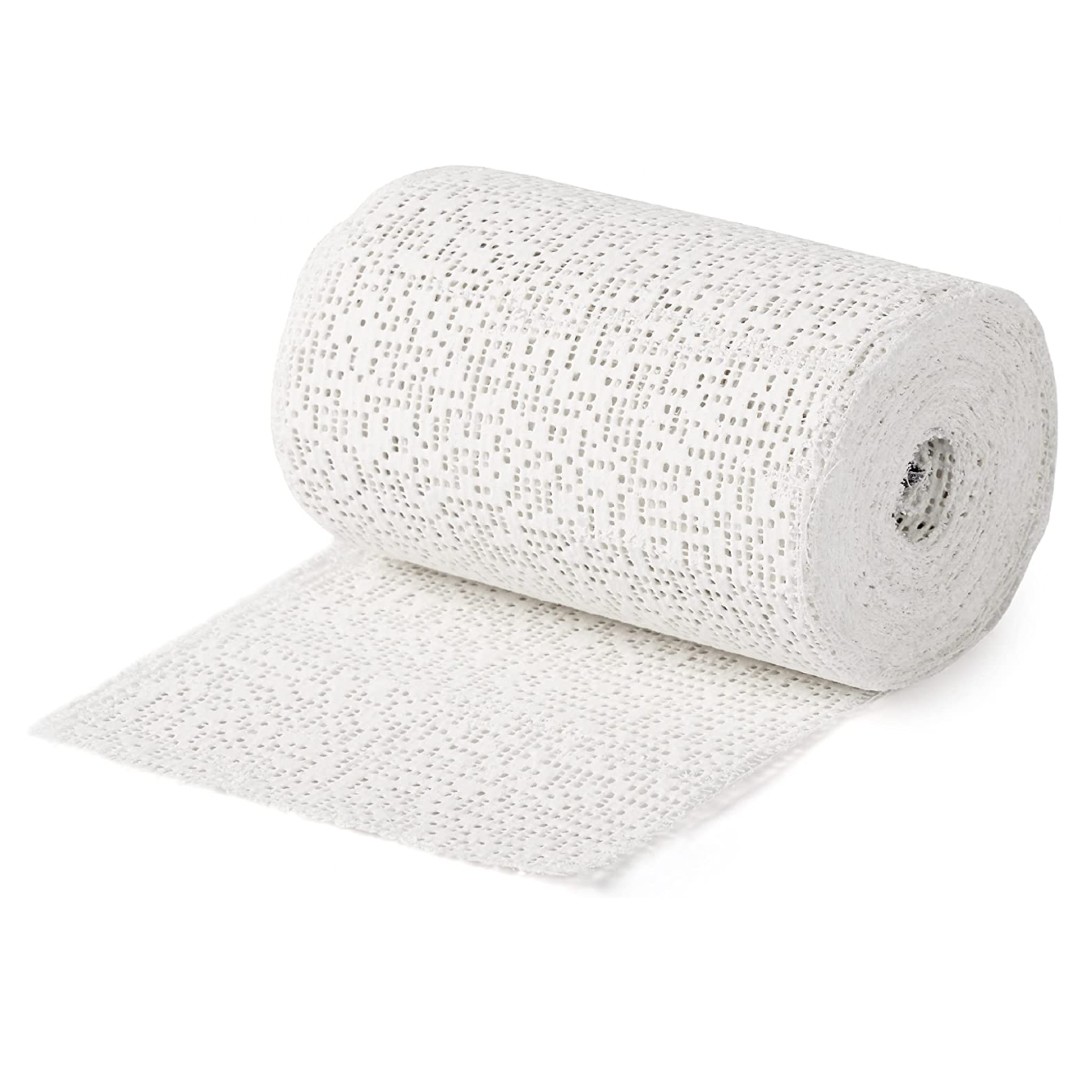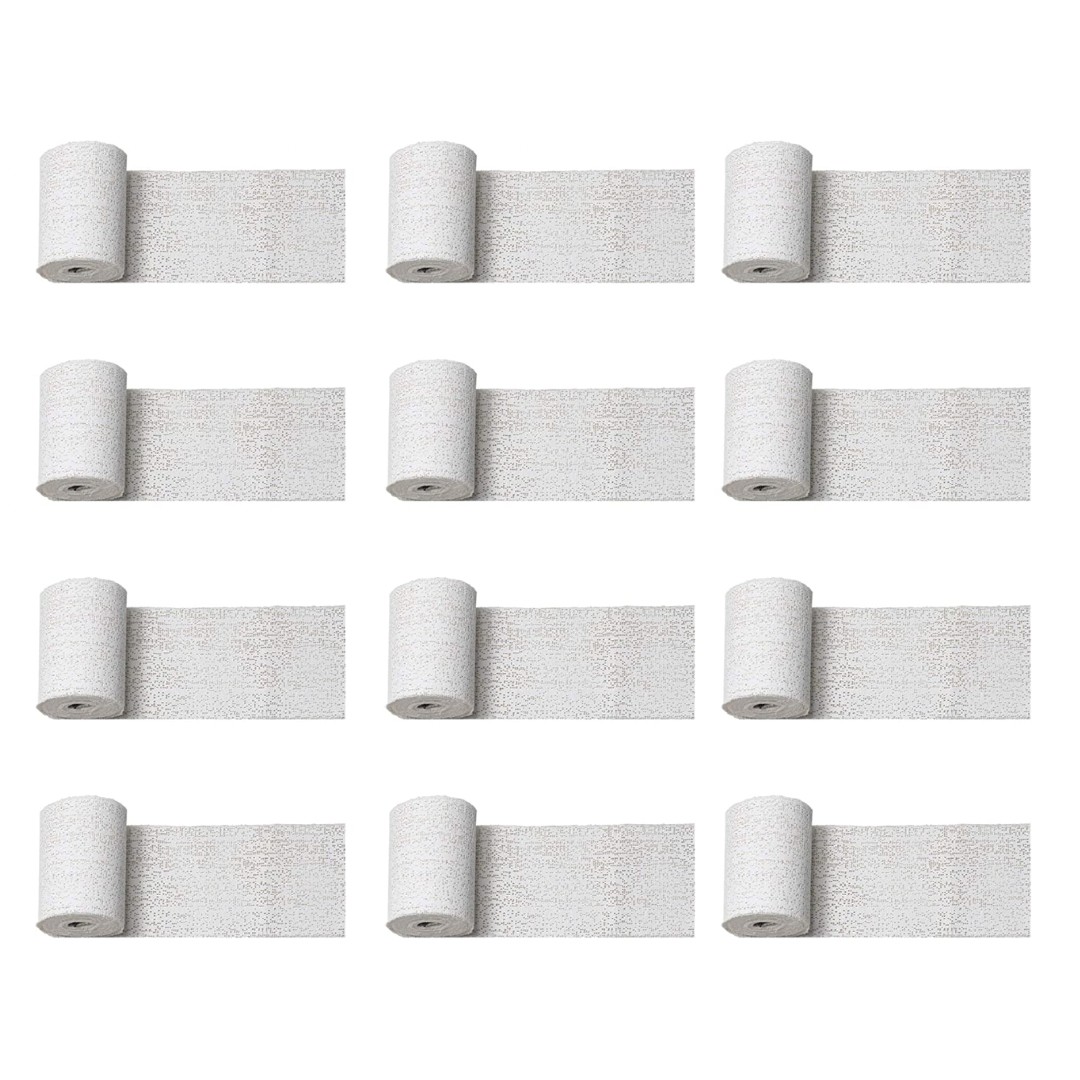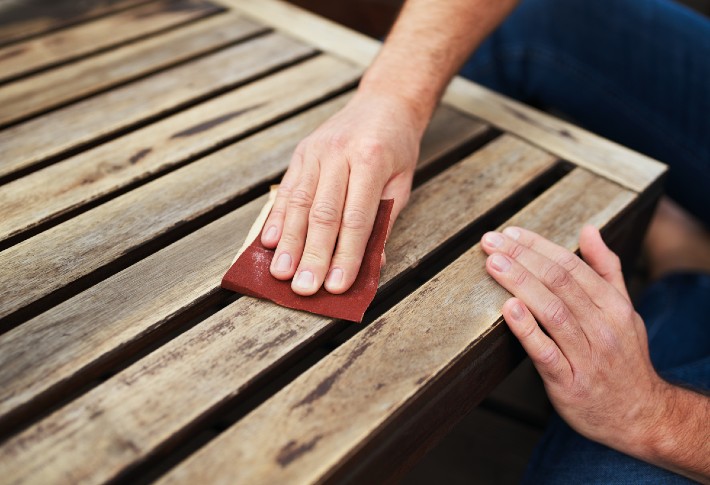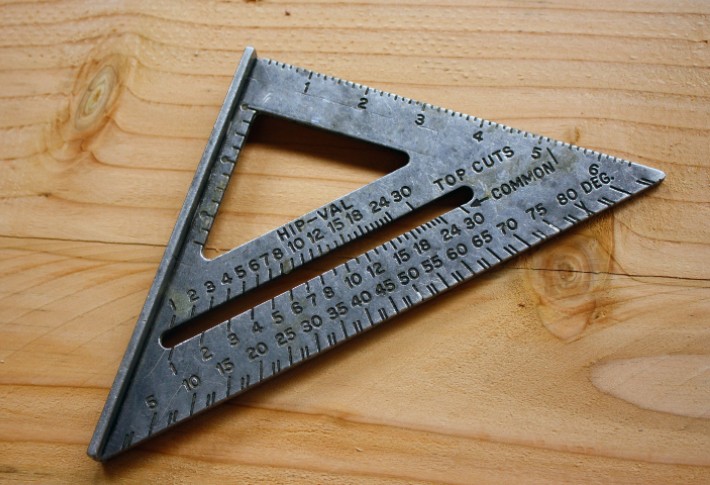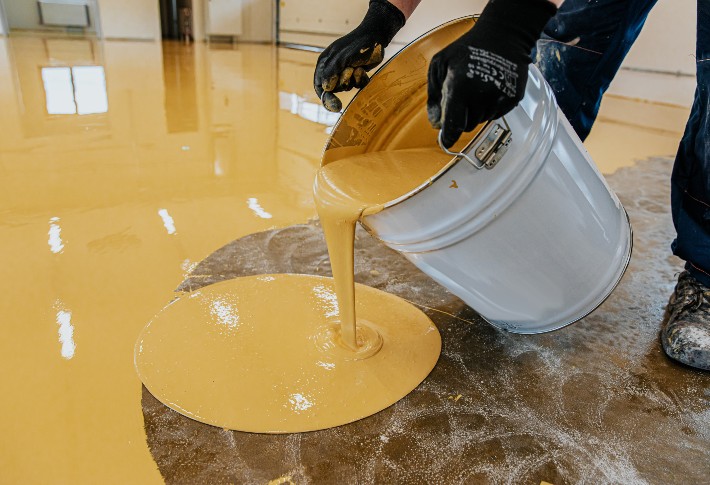The Best Plasters to Increase the Impact of Your Projects
If you are a DIY enthusiast looking to do some work like patching plaster walls on your own, you might need to buy one of the highest-rated plasters to do the job correctly. Choosing a high-quality product from these various types will not only help you get a smooth and beautiful finishing, but also improve the overall look. This casting material is environmentally friendly and comes with a plethora of other benefits as compared to counterparts.
From repairing cracks and holes in ceilings, drywall, and plaster walls to modeling, sculpting, and casting forms, plasters are the go-to option for different tasks. However, choosing the top plasters in 2023 can be daunting. This review will help you gain access and insight on some of the best options available.
Comparing the Highest-Rated Plasters
Falling in Art Plaster of Paris
– Best OverallThree parts water and four parts plaster is the traditional mixing ratio of this plaster of Paris. It takes about four minutes to solidify and thirty minutes to dry to a firm, uniform finish. Falling in Art plaster can be used on paint, marker, multicolored pencil, varnish, or sealer. Casting, sculpting, home decor, mask creation, jewelry, bandages, and school projects can all be uses for this non-toxic top-grade plaster. Falling in Art plaster has a rich, creamy texture for consistently smooth plaster powder castings. It conforms to every curve of your plaster mold for a perfect fit. It produces a creamy mold with very little wet or dry plaster loss. Falling in Art plaster has a quicker set time and a better plaster recipe for consistency. Thanks to its great reputation and multipurpose use, this plaster is the best overall on our list.
- It molds as intended.
- It features a quick set time.
- It aids in creating quality art.
- It is easy to use.
- It hardens instantly in the mixing bowl.
Skullduggery Perfect Plaster
– Best for CastingPerfect Plaster from Skullduggery is a non-toxic casting material that works well for slip casting and ceramics. This high-quality pottery plaster finds a common use in casting: it produces smooth, pinhole-free castings. Skullduggery Perfect Plaster is available in resealable packs of 4 pounds and 8 pounds. This product is simple to use and produces excellent plaster craft decorations.
- It is easy to use.
- It mixes very well.
- It works quickly and swiftly.
- It is the strongest plaster.
- The finished product is bubble-filled and cracks when rubbed.
LIUMY Wall Repair Cream
– Best for WallsLIUMY Wall Repair Cream is an excellent tool for completing minor wall repairs. After this plaster helps you make up their appearance, you will no longer be bothered by wall damage. Simply open the lid and squeeze and scrape this building plaster smooth on the wall to produce a quick-drying patch. The white cream blends in with the wall, making the repair nearly undetectable. This gives your wall a fresh, professional appearance.
It is a delicate paste that has a high viscosity, dries quickly, and resists cracking. It’s easy to apply, fix, and seal. It can rapidly fill holes and cracks in the wall, and you can patch any holes and graffiti on the wall due to the universal wall repair cream with a spectacular result!
- It is a simple and convenient wall repair.
- It is fast drying and durable.
- It is waterproof.
- It is multipurpose.
- It sometimes comes with some missing parts.
DAP Plaster of Paris
– Best for InteriorsPlaster is used to patch up the holes in walls and ceilings. Without shrinking, it sets quickly in twenty and thirty minutes. DAP Plaster of Paris is a smooth recipe that consistently produces excellent results. It may also be used to make your own chalk finish paint at home. DAP plaster is for interior use, and a wall plastered with this will achieve strength and substance. DAP plaster is also ideal for hobby molds and casts. It can be used as adhesives and sealants. This plaster of Paris is made in the United States of America and is a bubble-free formula.
- This plaster is great for arts and crafts.
- It is cost-effective.
- It is easy to work with.
- It hardens too quickly.
CraftWrap Plaster
– Best for ArtEach roll is wrapped in a plastic sleeve and sealed. They’re the highest-quality casting rolls we’ve seen on the market. They make sticking plaster onto a surface by hand a thing of the past. These plaster casting materials have fine cotton gauze and a lot of gypsum in them. They are creamy and able to capture all the fine details of the casting subject when activated with water and applied. This casting substance makes it easier to apply a plaster. It dries quickly, allowing the subject to spend less time sitting or needing to lie flat as they wait for the casting substance to dry. This plaster may be used in a variety of different projects as well! It is optimal for masks, sculptures, sceneries, and textured art.
- It can easily be cut with scissors.
- It is easy to use and sturdy.
- It is great for crafts.
- It is not good for those who are allergic to latex.
Zipcase Plaster
– Best SetThe 12 casting wraps in a Zipcase box are ideal for your next craft or hobby. Each roll of plaster casting material is individually wrapped in a plastic sleeve and comprises fine cotton gauze and ample quantities of gypsum. This casting material is versatile and may be used in a variety of projects. The casting substance is composed entirely of natural ingredients and is non-toxic and safe to use on the skin. This makes it ideal for masks, sceneries, and textured art.
- It dries in 5 to 8 minutes.
- It is bright white and extra creamy.
- It is made up of 100% fine knit cotton.
- It is simple and easy to use.
- Some customers claim that it does not adhere to the body.
Buying Guide to the Top Plasters
Know the science of plaster of Paris to have a better understanding of how it works! Plaster of Paris is a white powder made from solid gypsum that has been heated until it has lost all of its water, and therefore, its hydration. When you add water to the powder in a 1:2 ratio, the calcium sulfate rehydrates through a chemical reaction. As a result, it produces a paste that hardens in about an hour. When working with it, artists strain the sticky material into various forms while it is still wet.
Plaster can offer a simple solution at a lower cost than expected. If you too are a DIY enthusiast, you might be well aware of the hassles of buying the best plaster. We have curated this detailed buyer’s guide to help you choose the greatest products.
What Types of Plasters Are There?
The following are the three types of plaster that are often used:
Gypsum plaster
Gypsum is heated to a temperature of 300° Fahrenheit to generate this. It also transforms into anhydrite when heated over 392° Fahrenheit. When water is mixed with gypsum plaster powder or anhydrite, gypsum is formed.
Lime plaster
Lime plaster is a combination of sand, calcium hydroxide, and various inert fillers. Quick lime is made by heating limestone, while slaked lime is made by adding water to it. It’s also known as wet putty or white powder.
Cement plaster
Cement plaster is a combination of appropriate plaster, Portland cement, sand, and water. It is used to create a smooth surface on the exteriors and interiors of buildings. Over the cement plaster, a final coat of gypsum plaster is frequently applied.
What Are the Things To Consider Before Buying the Best Plasters?
Only buy from professionals
A mold maker’s studio will certainly have a large variety in addition to providing the highest quality. Professionals will be able to satisfy any specific requirement, including catalog requests and after-sales assistance. You may buy at the appropriate price, even by the old dealer, if you know how to detect quality and other elements that provide worth to the cast.
Quality
The plaster’s quality has a significant effect. If the quality isn’t good enough, it won’t be able to stick to the surface and will eventually slip off. The content must be of the highest possible quality, with nothing missing. When it comes to quality, it refers to binding capability, retention capacity, durability, and the amount of time it will take for wet plaster to dry.
Quantity
Quantity is also an important factor to consider. However, it makes no difference whether you are going to buy plaster because you can buy it again. However, you must be mindful of the quantity of plaster that is necessary. This will assist you in calculating the amount you want to pay as well as determining how much material you need to acquire.
Durability
The material’s durability must also be evaluated. If the material you chose to create the ceilings isn’t long-lasting, there’s a risk the outcomes won’t be as expected. Finishing is also important; the top plaster that you select will result in the best finish. This is especially important if you’re working with an outside wall.
Binding capacity
Are you wondering how you’ll figure out how to determine the binding capacity of the material you’ve chosen? The answer is that experts are present at the store, and the makers will also assist you in learning more about it. The higher the material’s binding capability, the better. As a result, do not be perplexed by the situation.
What Are the Uses of Plasters?
Following are some of the prevalent uses of plaster:
- Plaster is a construction material that is used to for coating walls and ceilings with a protective covering.
- It’s also utilized as a decorative element’s molding and casting agent.
- It is utilized to give buildings their last aesthetic touches.
- Plaster is used in orthopedics to make casts around shattered bones in the medical department. The firm casts will aid in the healing of the bone and allow it to return to its normal state sooner.
- It’s used to build historical structures and monuments.
- It can also be seen in fresco paintings. It’s used to make duplicates since it doesn’t shrink when submerged in water.
- Plaster is used to create sculptures and metal castings that are used as architectural decorations.
- It is also used in structures to prevent fire dangers since it is fire resistant.
- It is used as a fire-resistant coating on wood and metal constructions to prevent fires.
- When making customized immobilized shells for patients, plaster is used to prepare them for radiation.
- It’s also used in dentistry to create replacement tooth molds.
- Funeral homes employ plaster to rebuild damaged tissue, make up injured areas, and reattach severed limbs to the corpses. It’s also used to treat wounds after a murder or an accident.
You may need to apply a plaster coating to interior walls or exterior walls. Take a look at this video from Plastering For Beginners on some tips to keep in mind:
People Also Asked
A: In comparison to gypsum, plaster is relatively costly. It costs more than cement and cement lime plaster. Chlorine is the substance used, which is extremely hazardous in its natural condition.
A: No, white cement is not the same as plaster. The former, which is formed of gypsum, is used in medical casts (such as those used to repair fractures), while the latter is used to give walls a lustrous finish.
A: Plaster is considered a dangerous material. It is typically viewed as a safe substance for everyday usage, although it is not harmful if handled properly. As a result, anything stuck in the plaster may get trapped and exposed to a high temperature.
A: Since its properties are more likely to match the wall material, plaster is the ideal choice for repairing gaps in plaster walls. Patching drywall seldom demands the use of plaster, but plaster can strengthen interior walls quite well.

